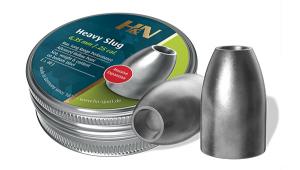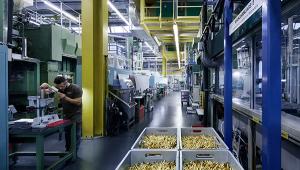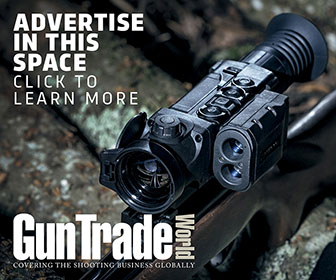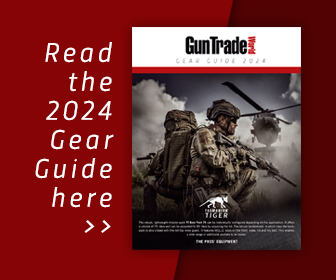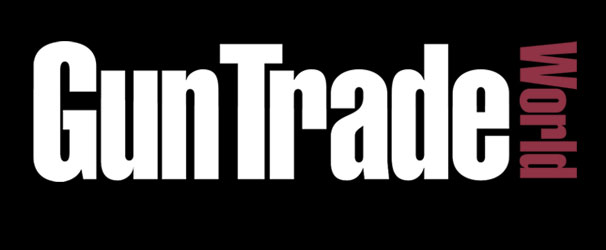Making a Point of Airgun Pellets
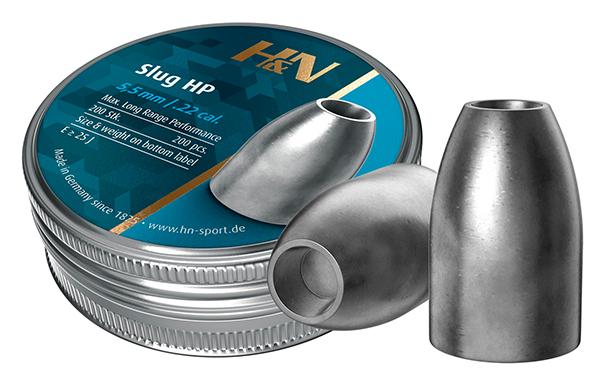
CLASSIC DIABOLO DESIGN
The majority of airgun pellets on the market today are based on the diabolo shape. This hourglass design makes them larger on both ends with a thin waist in the center of the pellet. Universally the bottom end of a diabolo is formed like a skirt. The purpose of this skirt is to expand upon firing, engaging the rifling of the barrel and to form a seal around the outer edge of the chamber, taking maximum advantage of the air pressure created by an airguns mechanism. Once out of the chamber and barrel, the diabolo design does extremely well in flight because the design is truly self-stabilizing. Although the bottom end of these diabolo pellets is fairly similar, designs of the top end, the head, vary enormously. In general, diabolo head designs can be split up in five categories: Flatheads, pointed pellets, domed pellets and hollow points. Each of these has its primary usage.
CLASSIC FLATHEAD PELLETS
The flathead design represents the quintessential airgun pellet. We've probably all started out shooting an airgun with these. Also known as wadcutters, they feature a wide and completely flat head. Primarily used for punching holes in paper targets, their accuracy can be awe-inspiring, especially with competition grade pellets. What's more, because of their flat heads, they can be used with devastating effect on pests and small game, provided you only use them at short ranges.
DOMED ROUNDHEAD PELLETS
One thing flatheads lack is sufficient weight. This is why the flathead design was improved upon by creating domed pellets with heavier rounded heads. These roundhead pellets are by far the most universal. While they can be consistently accurate at every range you throw at them, they also pack the weight to really get the message across while hunting or controlling pests. Another benefit of the design is that the rounded head decreases wind resistance.
POINTED PELLETS
It’s all in the name. Pointed pellets feature a sharply pointed head. They are believed by some to be the very epitome of airgun hunting. These pellets feature a larger waist area, and shorter skirt, than regular pellets to add weight without disturbing overall weight distribution. The increased waist area provides a bigger surface to engage the rifling of the barrel, which explains the inherent accuracy of this pellet design. Drawback of the pointed design is the fact the points can get knocked off center or get damaged, for example while carrying a handful in your coat pocket when out in the field. Damaged heads make for poor accuracy and performance as the pellet will not fly straight anymore.
HOLLOW POINTS
Hollow pointed pellets offer maximum expansion on impact. Flatheads might deliver a serious blow at short ranges, they still don’t expand like hollow points do, delivering maximum shock and damage. Keep in mind you need a sufficiently powerful airgun to make the most use of hollow points. A hollow point impacting a target at only modest speed doesn’t have the momentum required to really expand. In case of a hollow point travelling at low speed, what you’re left with is nothing more, or less, than the performance of a regular flathead. Power really does matter here.
A drawback of the hollow point design is that they’re only suited for short to medium range shooting. Because of their indented heads, the design is far from aerodynamic causing them to slow down in flight and to allow for only modest accuracy at longer ranges.
HYBRID PELLETS
These are variations on the common diabolo designs mentioned earlier. One of the most popular hybrid designs are polymer tipped pellets. These ballistic-tipped hollow point pellets look similar to regular pellets, except that they feature a polymer tip in what would, for example just be a hollow cavity for hollow point pellets. In the case of tipped hollow-points, these hybrid designs aim to combine the expansion properties of hollow point pellets with the penetration capabilities and flight characteristics of pointed pellets.SOLID PELLETS
Next to the four designs covered above, which are all based on the diabolo shape, solid pellets come closest to the bullets we use in firearms. They are torpedo or boat tail shaped solid blocks of alloy made to be as heavy as possible, allowing for maximum impact and penetration. These solids can weigh in at over 15 grains in .177 while .22 variant top the scales at a whopping 25 grains and more. Obviously, these solid pellets need a lot of power behind them, which is why many brands insist on exclusively using them in PCP air rifles.
HIGH VELOCITY PELLETS
Pellet manufacturers have designed high-velocity pellets from materials other than lead. Available in various shapes, they all have one thing in common. Because of their apparent lack of weight, compared to their lead counterparts, they are extremely fast. Aside from their increased speed, high-velocity pellets also penetrate targets well up to medium range. One of their biggest disadvantages though are their poor flight characteristics particularly at a long range.
SPOILED FOR CHOICE
Although it’s quite easy to split the various pellet designs up into general groups, airgunners really are spoilt for choice. Manufacturers such as RWS, H&N, JSB, Crosman… didn’t exactly sit still and have created a whole host of different takes on these four, already quite differing, designs. Never have we been so spoilt for choice in the airgun world. As with firearms one really has to put effort in trying various designs, weights and brands to find the pellet that not only suits your rifle best but also is optimal for what you want to use your airgun for. Luckily airgun ammo is far cheaper than ‘regular’ ammo so you don’t have to rob a bank to get a sufficient taste of various styles and makes. Some manufacturers, like H&N, even offer sampler packages with small quantities of different pellet designs, weights and materials. Whatever pellet type you choose though, always pick quality. A cheap price tag on a tin of pellets might look attractive at first, it's never a guarantee for consistently accurate pellets. As your customers invest in an airgun, and probably in a scope as well, make them go the extra mile and pick quality pellets to get the most of their airgun.
- Log in or register to post comments


